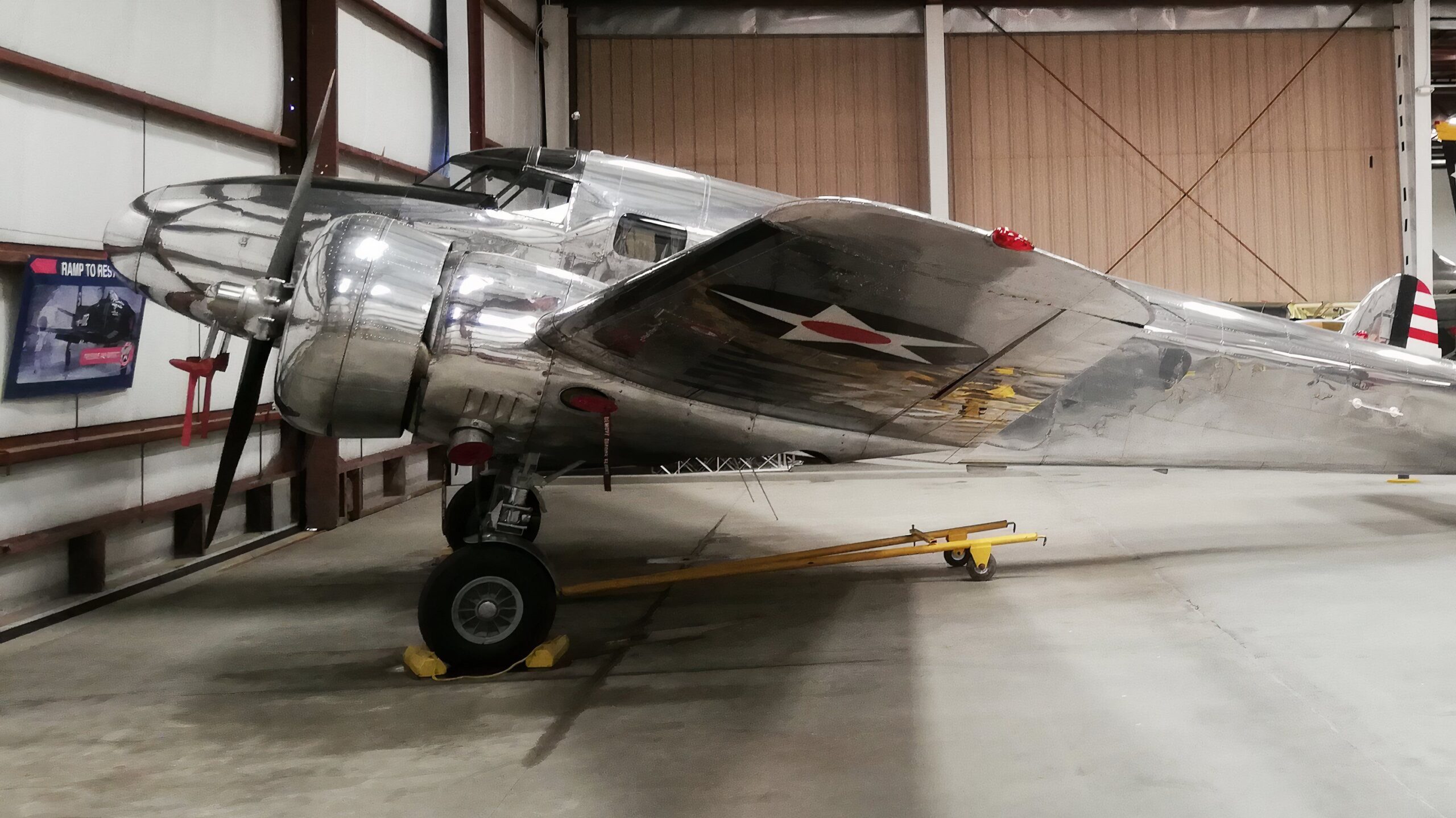Summary
- Yanks Air Museum lost two staff and a Lockheed 12A Electra, but continues to showcase American aviation history with an extensive collection.
- The tragic loss of the UC-40A Electra and two key officials highlights the significant role of the Lockheed Electra family in aviation history.
- The late Frank Wright and Michael “Mike” Giles courageously flew to preserve history, leaving a legacy as aviator historians to be remembered.
The Yanks Air Museum, one of two flying aviation museums based at Chino Airport (CNO), sadly lost two senior staff and the Lockheed 12A Electra in its collection. The museum has an operational pause but has an extensive collection of static and flying aircraft.
On a mission to showcase the evolution of American aviation
The Yanks Air Museum, the museum’s mission is to showcase the evolution of American aviation. As such, Yanks Air Museum has everything from early vintage aviation aircraft like the Curtis JN-4D Jenny, Golden Era aircraft such as the Stearman 4-D Junior Speed Mail, World War II warbirds like the Consolidated PB4Y-2 Privateer that flies, and static jets like the F-4 Phantom II and a F/A-18B Hornet formerly of the US Navy Blue Angels. The Yanks Air Museum also has a drone collection and even some vehicles and artifacts – and shares Chino Airport with the Planes of Fame Air Museum, which also has a similar mission and collection.
As such, Yanks Air Museum has flown aircraft from its collection to keep history alive in front of modern audiences. The mishap happened at the museum’s Father’s Day event with two experienced pilots at the controls of the Lockheed 12A Electra Junior.
But wait, didn’t Amelia Earhart fly a Lockheed Electra?
Yes, Amelia Earhart did but… her model was a Lockheed Electra 10-E. Sadly that was the model lost in her circumnavigation attempt.
Photo: Everett Collection | Shutterstock
About the Electra’s design, according to the Seattle, Washington Museum of Flight,
“With its signature twin tail and exceptionally clean, art-deco appearance, the Lockheed Model 10 Electra series emerged as a purpose-built design intended to respond to the Douglas DC-2 and Boeing 247 airliners, which were revolutionizing commercial airlines by the mid-1930s. The Model 10 Electra series was the first aircraft project assigned to young aeronautical engineer Clarence “Kelly” Johnson when he joined the firm in 1933.”
The same Kelly Johnson would start Lockheed’s “Skunk Works” after World War II. The Electra involved was a 12A Electra Junior. One can get more history from the below Yanks Air Museum video;
The Lockheed Model 12A Electra Junior was intended as a smaller version of the Electra 10 family for business travel with the same 450 hp (340 kW) Pratt & Whitney R-985 Wasp Junior SB radial engines. A larger version of the Electra 10 was made in the Lockheed Model 14 Super Electra. The Model 14 Super Electra became famous for shuttling United Kingdom Prime Minister Neville Chamberlain from his 1938 Munich Agreement negotiations with Nazi Germany’s regime, meant to forestall World War II instead of becoming historical proof that the road to hell throughout history is paved with good intentions and appeasement.
Back to the Lockheed Model 12A Electra Junior. The Yanks Air Museum’s late Lockheed Model 12A Electra Junior was considered a UC-40A by her customer, the US Army Air Corps, who needed a combination passenger & cargo aircraft that was delivered on February 22, 1939, to Kelley Field, Texas, but served at many airfields with the registration N93R with serial 38-540. At one point, the UC-40A was considered the world’s fastest and highest-flying transport. Other Electras would be used on logistical support missions during World War II. As you can hear in the Yanks Air Museum YouTube above, the museum reused the UC-40A in its logistic role to support the museum.
A tragic end
According to Yanks Air Museum, on June 16, their UC-40A Electra perished and took two key officials with her in Yanks Chief Operating Officer Frank Wright and Pilot-in-Command Michael “Mike” Gilles. Yanks states that Giles was the Electra’s lead pilot and held an Airline Transport Certificate, Multi-Engine Instructor Certificate, and a current and valid medical certificate. The mishap is under investigation, but the museum pledges to take a pause.
Bottom line
The Lockheed Electra family of twin radial engine aircraft has a big place in history. The late Mike Giles and Frank Wright courageously flew to keep history alive, and are respectfully to be remembered as aviator historians.
What are your take-aways? Please share with civility in the comments.


